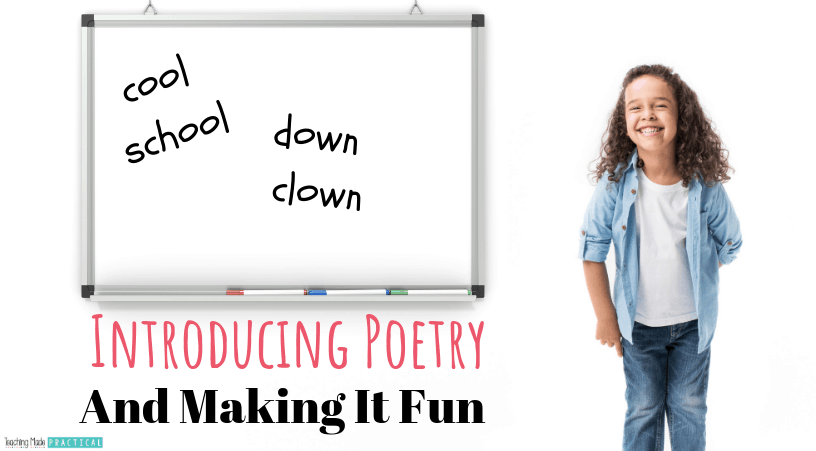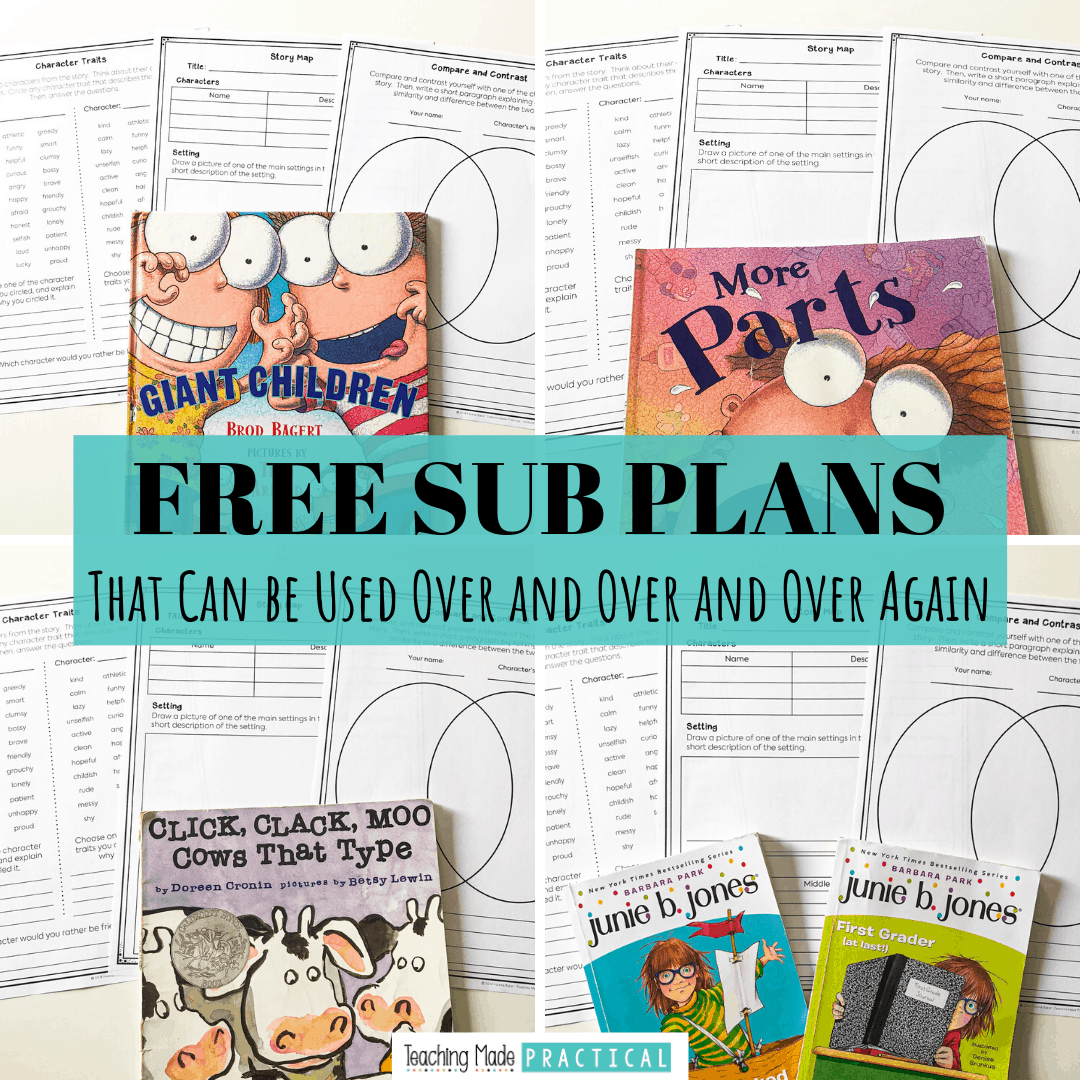
Introducing poetry to your 3rd, 4th, or 5th grade classroom soon? The tips below can help you make sure this is an enjoyable experience for both you and your students!
Written by Guest Blogger Patsy Johnson
Hello, my name is Patsy Johnson, a guest writer for Teaching Made Practical. I have taught grades 2-8 throughout my teaching career, and one of the most daunting subjects to teach can be poetry. With that said, poetry is crucial to learn because it promotes literacy, builds community, and fosters emotional resilience. However, it can be a difficult subject to tackle for both the student and the teacher.
Fret no more! Help is out there in the form of exciting activities to help create a classroom culture with a love for poetry.
Poetry Slams: They Were Poets and They Didn't Know It
After a couple of years of introducing poetry to my students and receiving blank stares and little to no enthusiasm, I quickly learned I needed to step up my game. I began to do “Poetry Slams.” This was a game changer.
Before we would begin a Poetry Slam, I would read several poems each day for a week from various books by Shel Silverstein, such as;
I made sure that while I was reading, I defined and pointed out relevant terms, including rhythm, beat, stanza, verse and scheme. Silverstein’s poems are so funny, relatable, and entertaining, that I was guaranteed a captive audience. I knew I was reaching them when they would beg for me to read more.
After our week of delving into our humorous poetry, the students were eager to begin the Poetry Slam. I would start by putting small groups of words that rhyme on the board, for example; cool, school, down, clown.
The students were then to create a poem using all four words in the proper format of a poem. Their hands were flying off the paper as they were writing their poems. They were fully engaged and excited!
Once we were done writing our poems, I went over the rules of the slam, such as; be a polite, quiet, and respectful audience while someone is reading their poem.
When the students start reading their poems, I am always amazed at how creative, intuitive, and thoughtful their works can be. The audience is always polite and engaged as well. At the end of each reading I give the student a toy microphone to drop. The students always clap loudly and cheer when a reader is finished. I also invited our music teacher whenever I could to participate by helping us clap out the beat to each poem.
Making Poetry Writing More Challenging
I eventually start adding more words to the board to create longer poems. I have also used vocabulary words from whatever topic we were currently studying in ELA, science, social studies, and even math.
(Note: These short forms of poetry, like haiku and lantern poems, are a great place to start with upper elementary students.)
The more the students become comfortable with poetry, some students will want to write poems in the free verse style without teacher guidance. It is important to nurture their need to use free or blank verse forms with no rhyming patterns and no special rules because they can can be distracted by the need to create rhyming couplets (or other short poems with a specific structure). The focus for them should be language choice and authentic, personal expression.
For 4th and 5th grade I have done Poetry Slams centered around loftier topics, such as; Global Warming, Recycling, and Citizenship. The emotion and energy put into these Poetry Slams centered around critically thinking and delving into problem solving the worlds’ issues is incredibly rewarding to witness by such young writers.
The topics and ideas for Poetry Slams are endless and the newfound love for poetry by your students will be too.
Looking for more ideas? Check out these poetry activities that are a fun way to celebrate National Poetry Month!
Never Stress Over Sub Plans Again!

Make copies, find a fiction book, and you'll be ready for any emergency that comes your way!



